


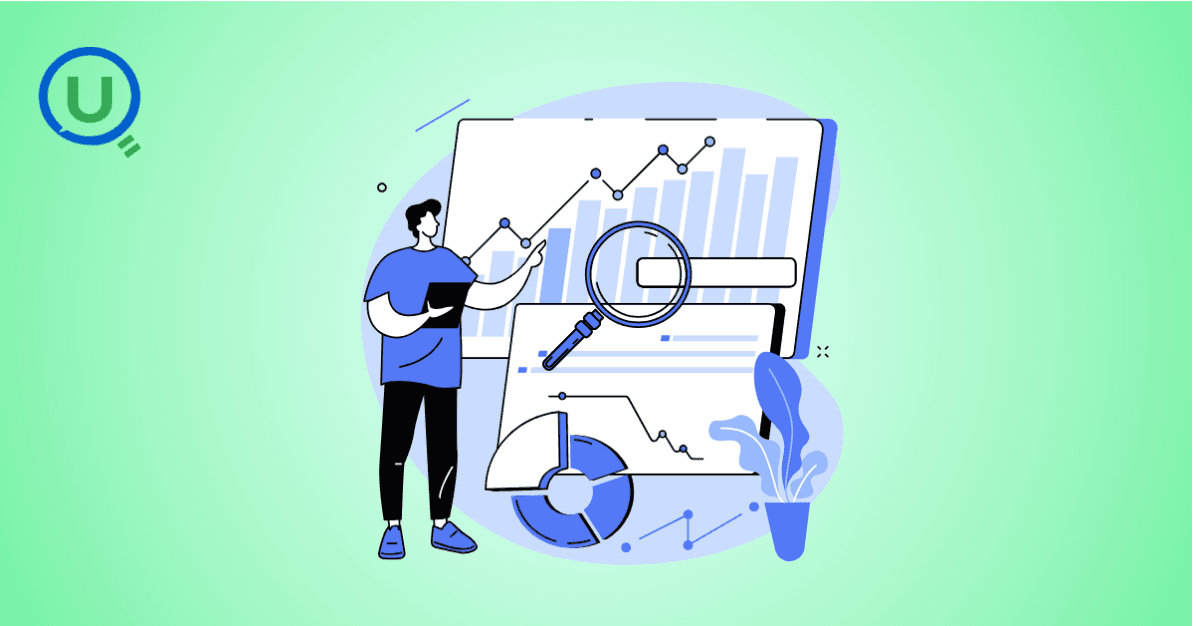
In today’s fast-paced digital world, businesses rely heavily on multiple systems, applications, and services to manage their data. But with this diversity comes a major challenge—data integration. That’s where the Canonical Data Model (CDM) steps in as a game-changer. The CDM plays a crucial role in streamlining data flow and simplifying communication between systems.
If you're a business dealing with data from various sources, or a developer struggling with complex data mapping, understanding the canonical data model is essential. In this blog, we’ll break down what CDM is, why it matters, and how it's used, a.
A Canonical Data Model (CDM) is a design pattern used in data integration to create a standard or “common” format for representing data. Think of it as a universal language that allows different systems, apps, or databases to communicate with each other easily—even if they were originally speaking different “languages.”
In technical terms, a CDM is an intermediate data format that systems use to translate their data into and from, reducing the need for custom integrations between every pair of systems.
For example, if System A and System B need to exchange data, they can both convert their data into the canonical format. This avoids the need to write a direct translation between A and B—and it simplifies things significantly when more systems are involved.
Without a canonical data model, each system would need to create a unique integration with every other system. But with CDM, all systems just need to understand the canonical format, which greatly reduces complexity.
The concept of a canonical data model might seem abstract at first, but its impact is very real. Here’s why CDM is a critical tool for modern businesses and IT environments:
Imagine an organization with 5 different systems. Without a CDM, you would need 10 separate integrations (A↔B, A↔C, A↔D, etc.). With a canonical data model, each system only needs one integration—to the canonical format. This dramatically reduces the total number of integrations needed.
When each system uses its own format, inconsistencies and errors can creep in. A canonical data model ensures that all data exchanged across the organization follows the same structure, reducing mismatches and improving data accuracy.
As organizations grow and adopt new systems, having a CDM makes it much easier to scale. New systems just need to conform to the canonical format to start exchanging data, rather than building custom connections for each existing system.
Maintaining dozens of custom integrations can be a nightmare. When using a canonical data model, any changes to the structure only need to be updated in one place—the canonical format. This makes updates faster, cheaper, and less error-prone.
A canonical data model isn’t just a technical convenience—it’s a strategic business tool. Here are the top benefits organizations gain by implementing a CDM:
With CDM, data translation becomes more efficient, allowing seamless communication even between systems developed on different platforms or by different vendors.
Instead of building multiple point-to-point connections, developers create just one adapter for each system to connect it to the canonical format. This significantly cuts down on time, labor, and development costs.
Using a canonical data model enables organizations to enforce data validation rules more uniformly. This leads to better data quality, which is essential for analytics, reporting, and business decision-making.
Because data can flow easily between systems, businesses can make faster decisions, implement changes more rapidly, and adapt to new market conditions or technology with ease.
Canonical data models promote reusability. Once a system is connected to the canonical format, its data can be used by other systems or services without building new connections each time.
Let’s explore some common use cases where canonical data models bring real value to businesses:
Large companies often use multiple applications (like ERP, CRM, HRM, etc.). A CDM acts as a universal translator between these systems, allowing them to exchange data without confusion or manual work.
When companies move their operations to the cloud, they need to integrate on-premise systems with cloud platforms. A canonical data model can help ensure that cloud-based services can communicate with legacy systems seamlessly.
In industries like finance, logistics, and healthcare, businesses often exchange data with external partners. Using a canonical data model simplifies data exchange across companies with different internal systems.
APIs (Application Programming Interfaces) often serve as bridges between services. With a CDM, APIs can adhere to a single standard, making integration and data management much easier for developers.
For accurate analytics, data from various sources needs to be unified. CDM ensures that data entering a warehouse or reporting system is consistent, clean, and easy to analyze.
Implementing a canonical data model isn’t just for large corporations. Even small and medium-sized businesses can benefit from the simplicity and efficiency CDM offers. But before jumping in, here are a few questions to consider:
Do you use more than two different data systems?
Are you spending too much time and money on custom data integrations?
Are data inconsistencies affecting your reports or business decisions?
Do you plan to scale your IT infrastructure in the near future?
If you answered yes to any of these, adopting a canonical data model might be a smart step forward.
A canonical data model acts like a trusted middleman—one that speaks everyone's language and brings harmony to your data ecosystem. It simplifies integration, boosts efficiency, and enables better decision-making through consistent, reliable data.
As businesses continue to digitize, automate, and scale, having a strong foundation for managing data is not just a technical requirement—it’s a competitive advantage. CDM helps you stay ahead by turning data into a shared asset across your entire organization.
At Enqurious, we understand the power of clean, connected data. Our innovative solutions are designed to help businesses harness the full potential of technologies like the canonical data model. Whether you’re integrating enterprise applications, building scalable APIs, or modernizing your data infrastructure, Enqurious brings the right expertise and tools to simplify the process. Let us help you unlock smarter data integration for a more connected future.

A practical walkthrough of how I reduced heavy batch workloads using Change Data Feed (CDF) in Databricks. This blog shows how CDF helps process only updated records, cutting compute costs and boosting pipeline efficiency.

I dropped a table in Snowflake, then queried to verify it was gone. The system said it doesn't exist, but also showed it consuming 3.57 MB. That contradiction led me down a rabbit hole of metadata delays, missing commands, and hidden costs. Here's what I discovered.
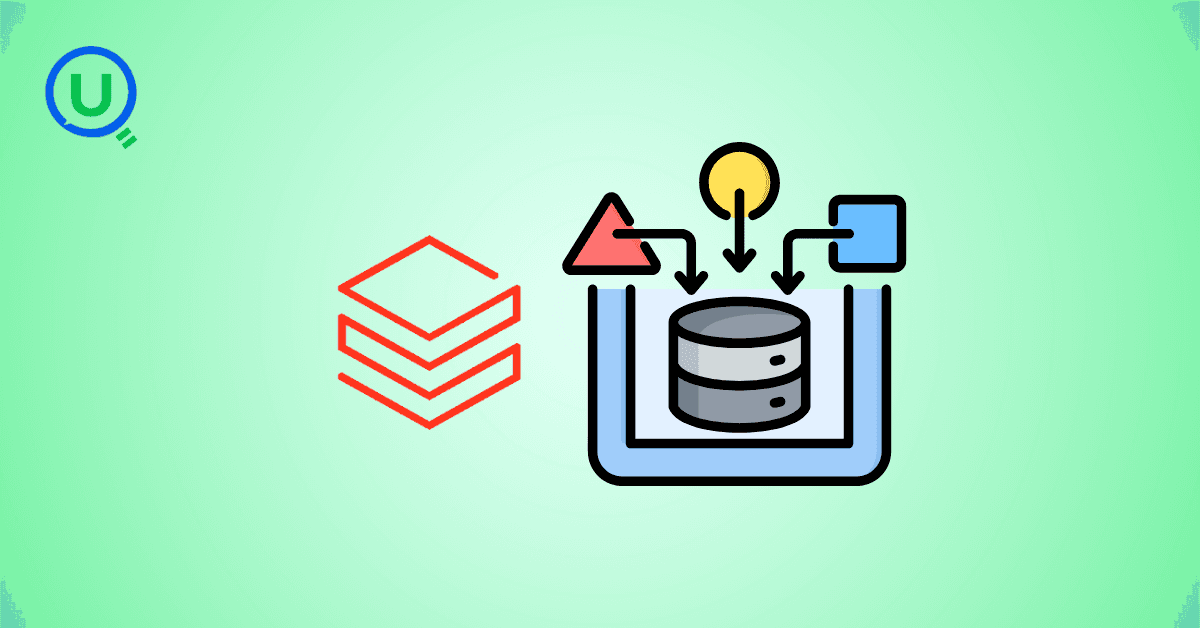
The AI industry has a security problem: data scientists aren't trained in security, ML engineers are working with black-box models, and security pros don't understand GenAI. Learn about the frameworks and tools bridging this gap—from Llama Guard to Databricks' safety features.

Why DELETE isn’t enough under GDPR, and how Time Travel can make sensitive data reappear unless VACUUM is used correctly.

This blog shares my personal journey into Snowflake Gen AI, from early confusion to hands-on clarity. It offers practical study tips, common pitfalls, and guidance to help you prepare effectively and understand Snowflake’s evolving AI capabilities.

Started scrolling Instagram at 2 AM. Saw Cloudflare memes. Fell down a 4-hour research rabbit hole. Discovered that AND database = 'default' could have prevented the whole thing. My sleep schedule is ruined but at least I understand distributed systems now.

Discover the top 10 data pipeline tools every data engineer should know in 2025. From Airflow to Fivetran, learn how each tool powers modern data workflows, supports real-time analytics, and scales across cloud ecosystems.
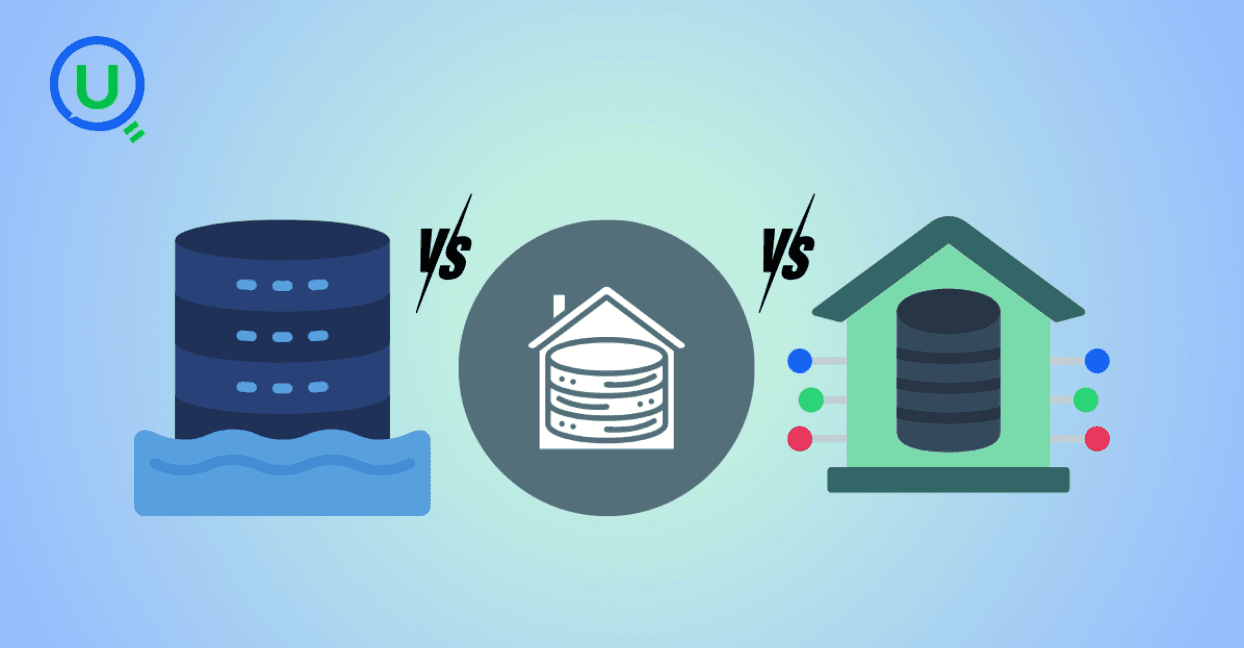
Confused between a data lake, data warehouse, and data mart? Discover key differences, real-world use cases, and when to use each architecture. Learn how to build a modern, layered data strategy for scalability, governance, and business insights.

Explore what syntax means in the world of data and AI—from SQL and Python to JSON and APIs. Learn why syntax matters, common errors, real-world examples, and essential best practices for data engineers, analysts, and AI developers in 2025.
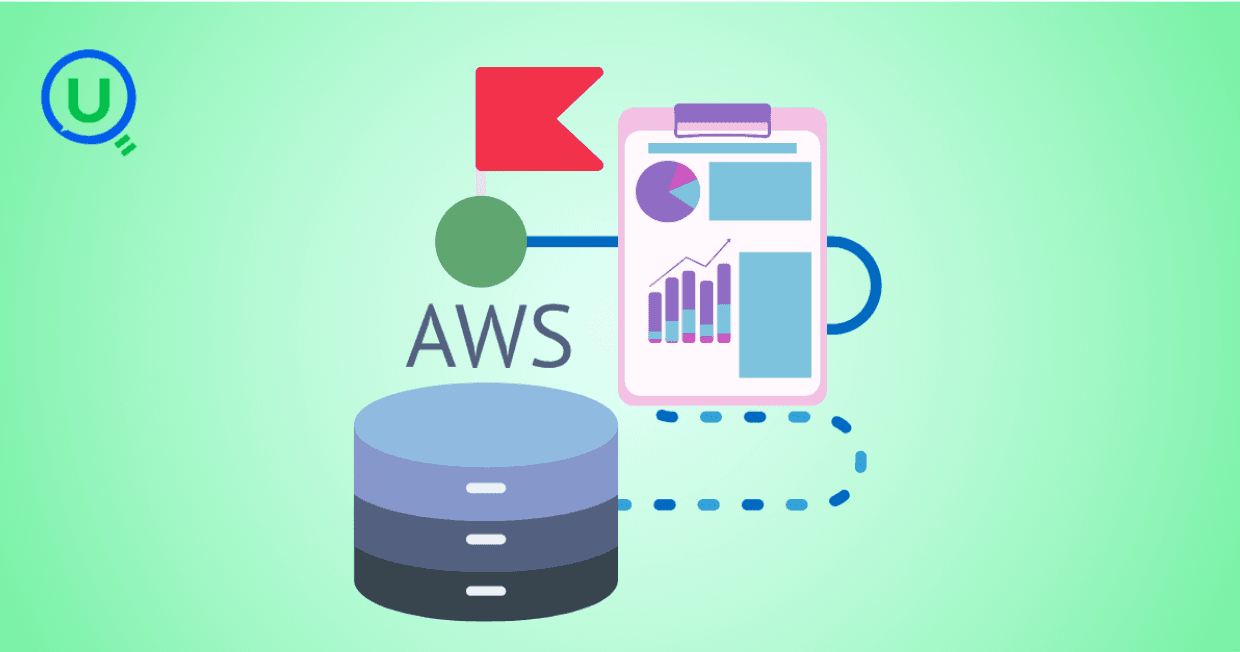
Discover how AWS Data Pipeline helps automate data movement and transformation across AWS services like S3, Redshift, and EMR. Learn its key features, benefits, limitations, and how it compares to modern tools like AWS Glue and MWAA.

Learn how to build scalable and secure data pipeline architectures in 2024 with best practices, modern tools, and intelligent design. Explore key pillars like scalability, security, observability, and metadata tracking to create efficient and future-proof data workflows.
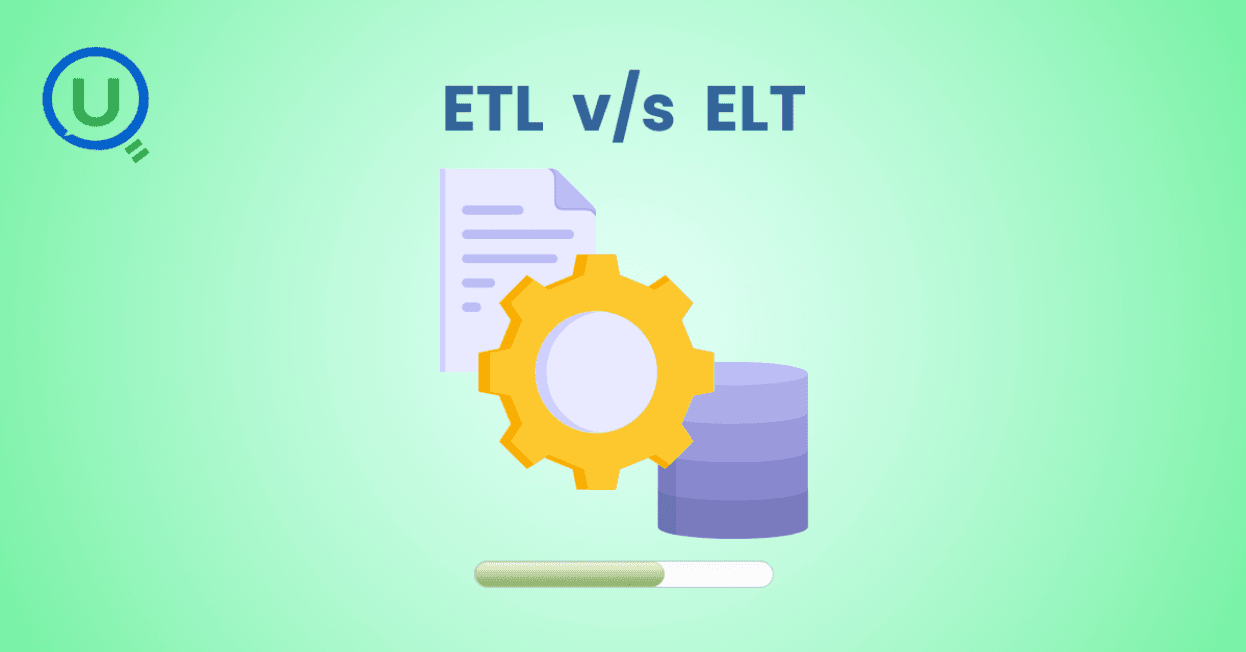
Explore the key differences between ETL and ELT data integration methods in this comprehensive guide. Learn when to choose each approach, their use cases, and how to implement them for efficient data pipelines, real-time analytics, and scalable solutions.
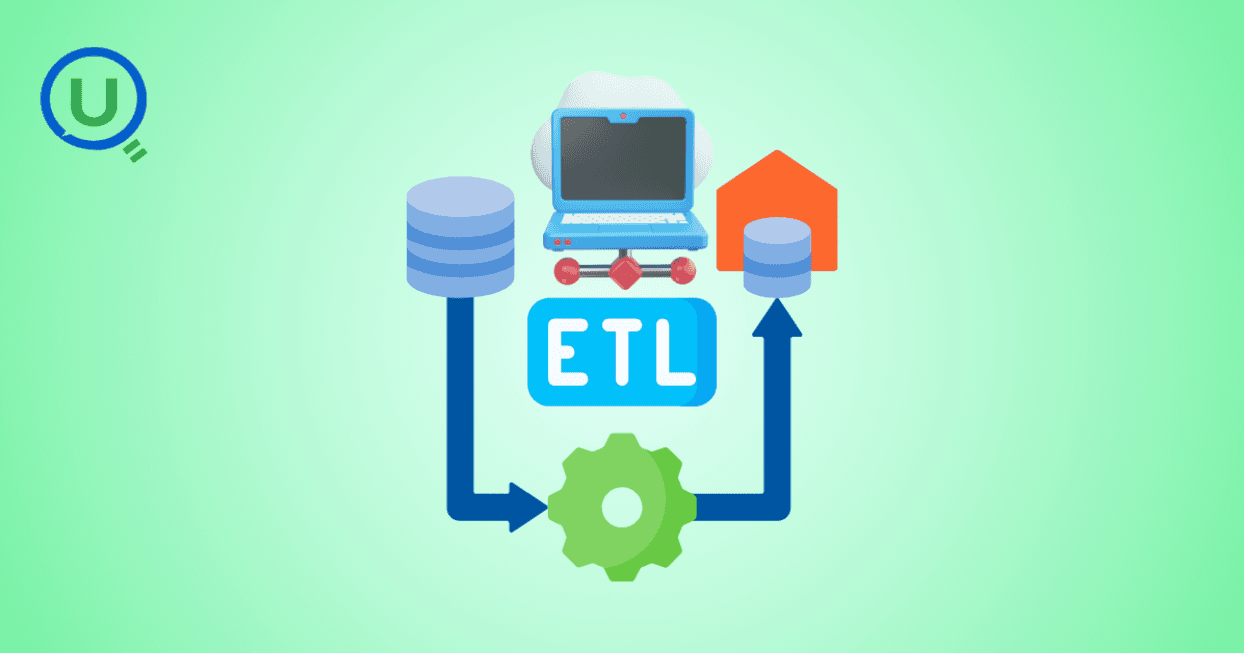
Learn the essential role of ETL (Extract, Transform, Load) in data engineering. Understand the three phases of ETL, its benefits, and how to implement effective ETL pipelines using modern tools and strategies for better decision-making, scalability, and data quality.

Discover why data orchestration and analysis are essential for modern data systems. Learn how automation tools streamline data workflows, boost insights, and scale with your business
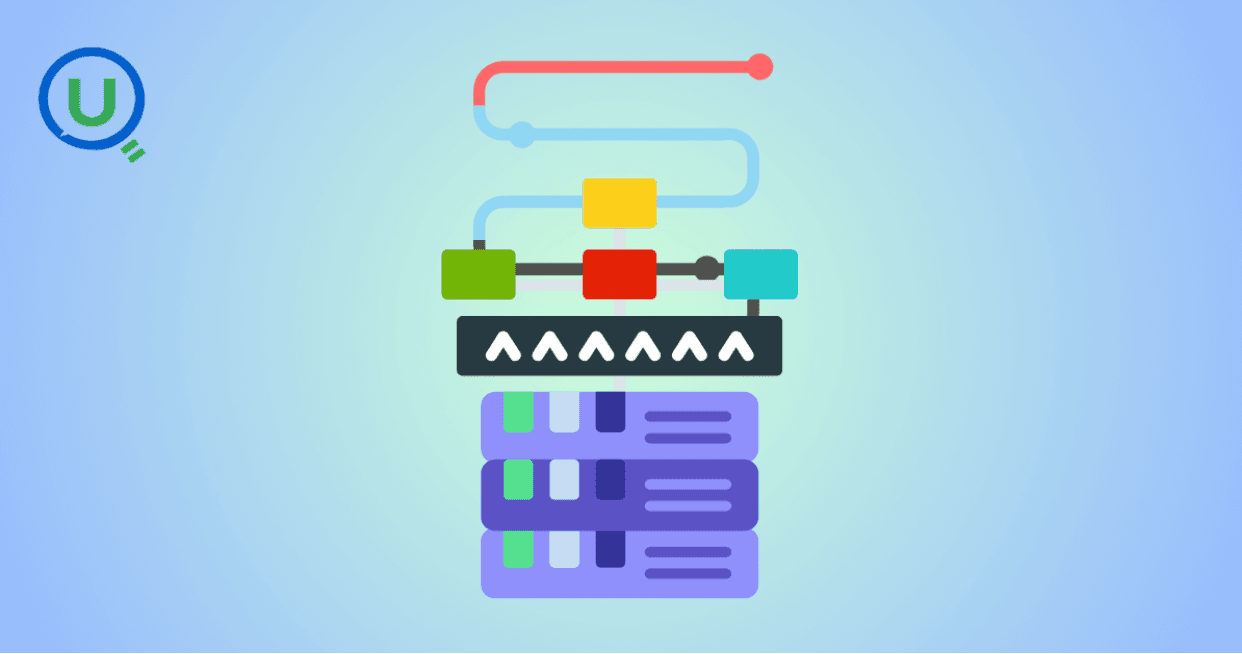
Learn what a data ingestion pipeline is, why it's vital for modern analytics, and how to design scalable, real-time pipelines to power your data systems effectively.

Discover the top 15 data warehouse tools for scalable data management in 2024. Learn how to choose the right platform for analytics, performance, and cost-efficiency.
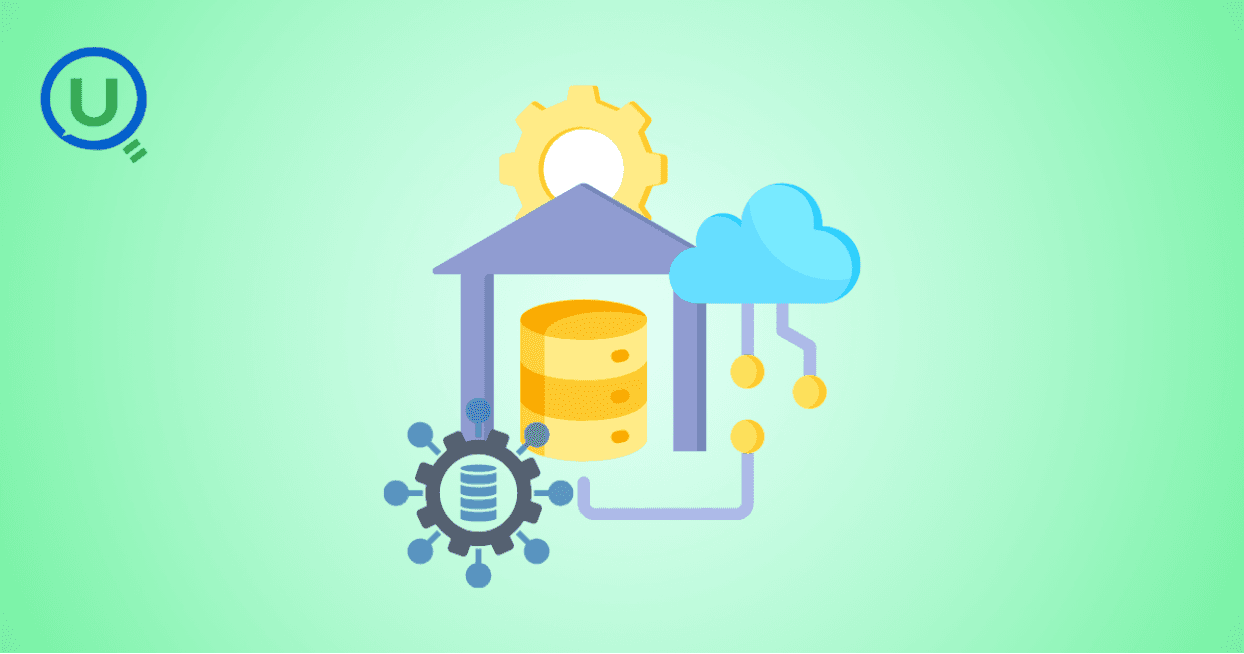
Confused between a data mart and a data warehouse? Learn the key differences, use cases, and how to choose the right data architecture for your business. Explore best practices, real-world examples, and expert insights from Enqurious.
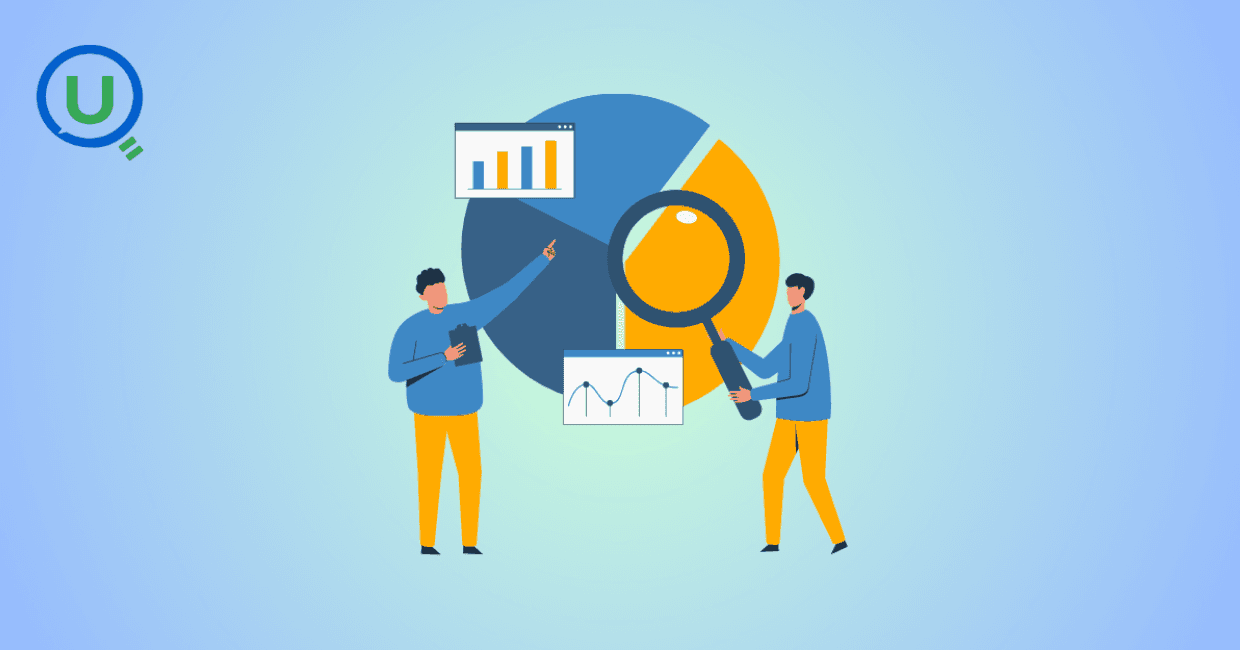
Discover the top 10 predictive analytics tools to know in 2025—from SAS and Google Vertex AI to RapidMiner and H2O.ai. Learn why predictive analytics is essential for modern businesses and how to choose the right tool for your data strategy.

Explore the key differences between descriptive and predictive analytics, and learn how both can drive smarter decision-making. Discover how these analytics complement each other to enhance business strategies and improve outcomes in 2025 and beyond.

Explore the key differences between predictive and prescriptive analytics, and learn how both can drive smarter decisions, enhance agility, and improve business outcomes. Discover real-world applications and why mastering both analytics approaches is essential for success in 2025 and beyond.
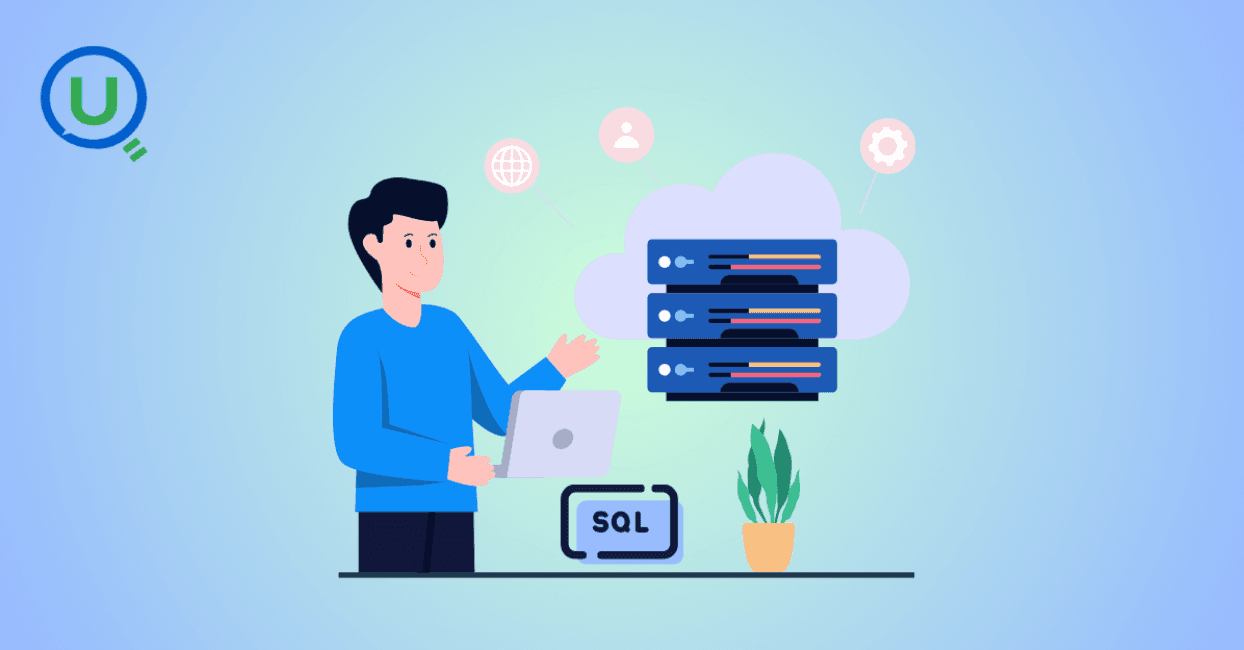
Compare PostgreSQL vs SQL Server in this comprehensive guide. Learn the key differences, strengths, and use cases to help you choose the right database for your business needs, from cost to performance and security.
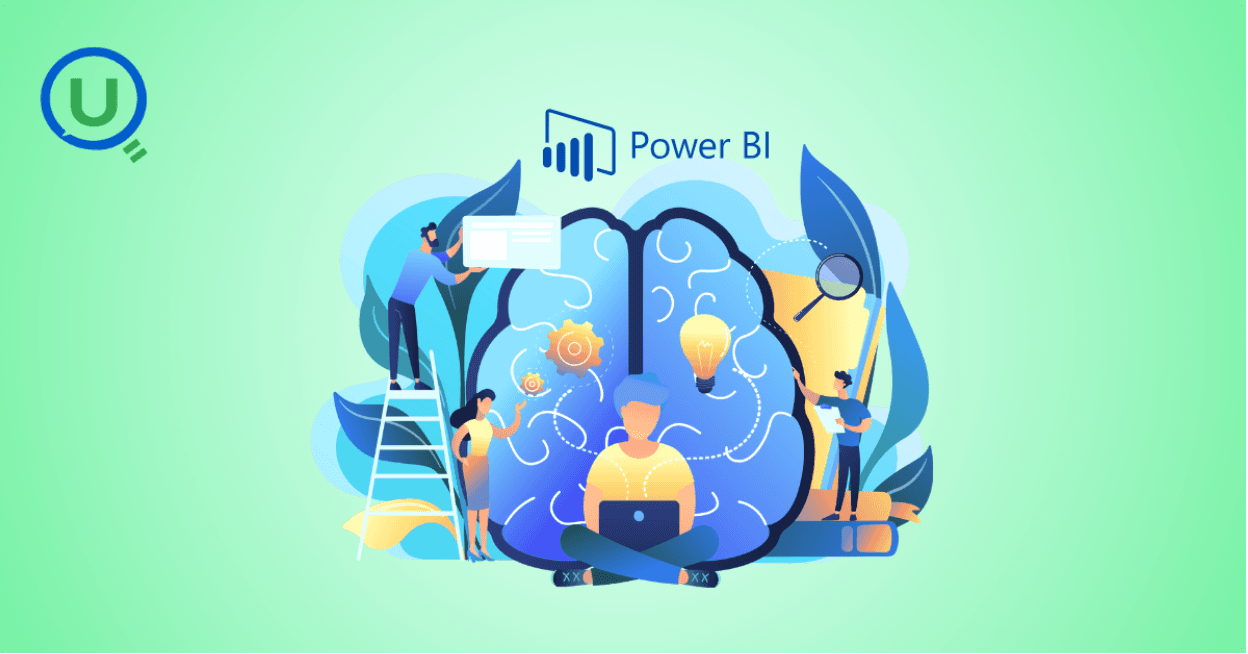
Learn what Power BI is and how it works in this beginner's guide. Discover its key features, components, benefits, and real-world applications, and how it empowers businesses to make data-driven decisions.

Explore what a Business Intelligence Engineer does—from building data pipelines to crafting dashboards. Learn key responsibilities, tools, and why this role is vital in a data-driven organization.
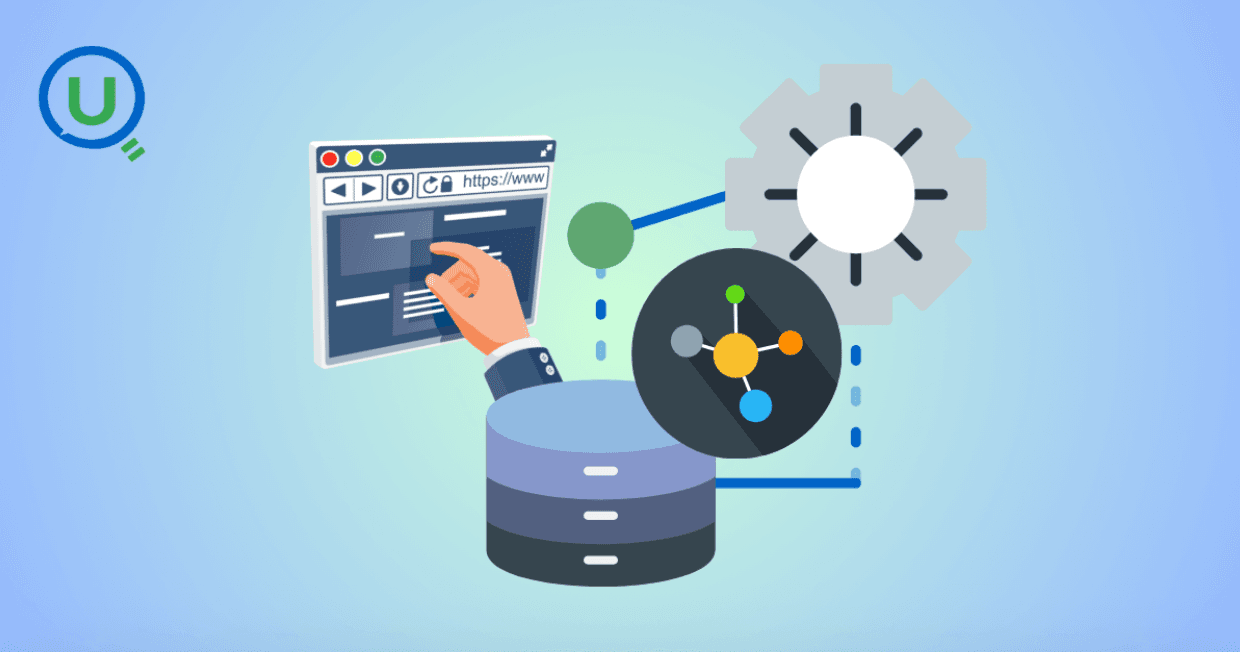
Discover why data lineage is essential in today’s complex data ecosystems. Learn how it boosts trust, compliance, and decision-making — and how Enqurious helps you trace, govern, and optimize your data journeys.
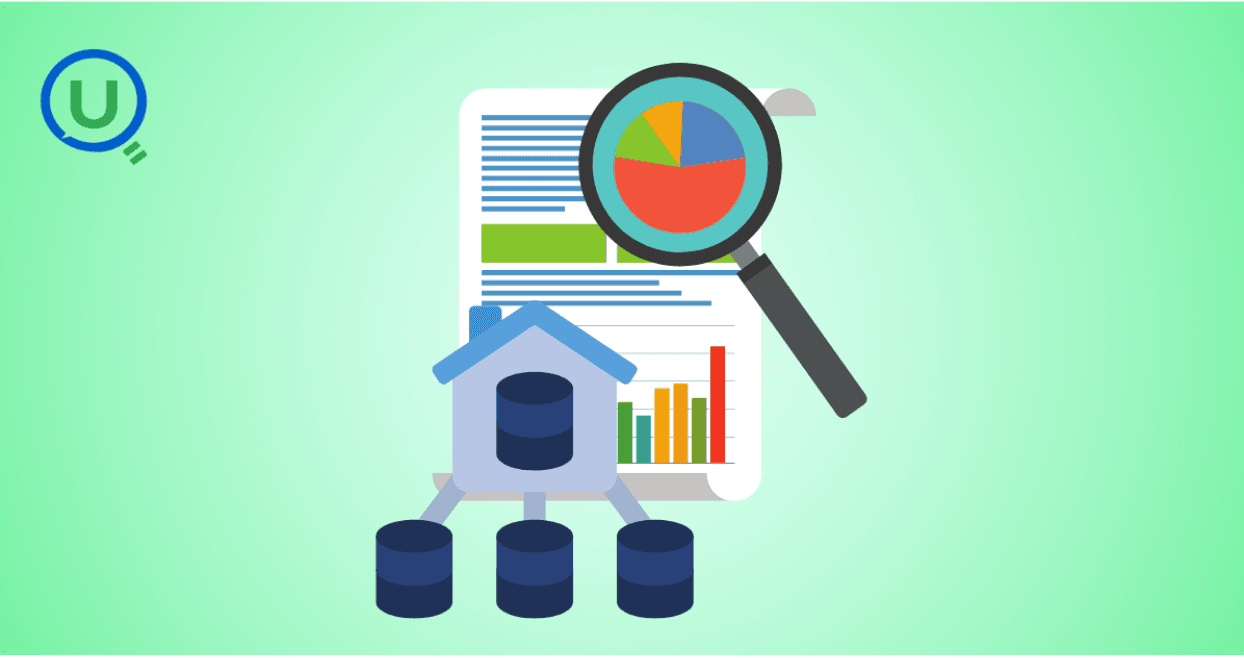
Learn what a data mart is, its types, and key benefits. Discover how data marts empower departments with faster, targeted data access for improved decision-making, and how they differ from data warehouses and data lakes.

Master data strategy: Understand data mart vs data warehouse key differences, benefits, and use cases in business intelligence. Enqurious boosts your Data+AI team's potential with data-driven upskilling.
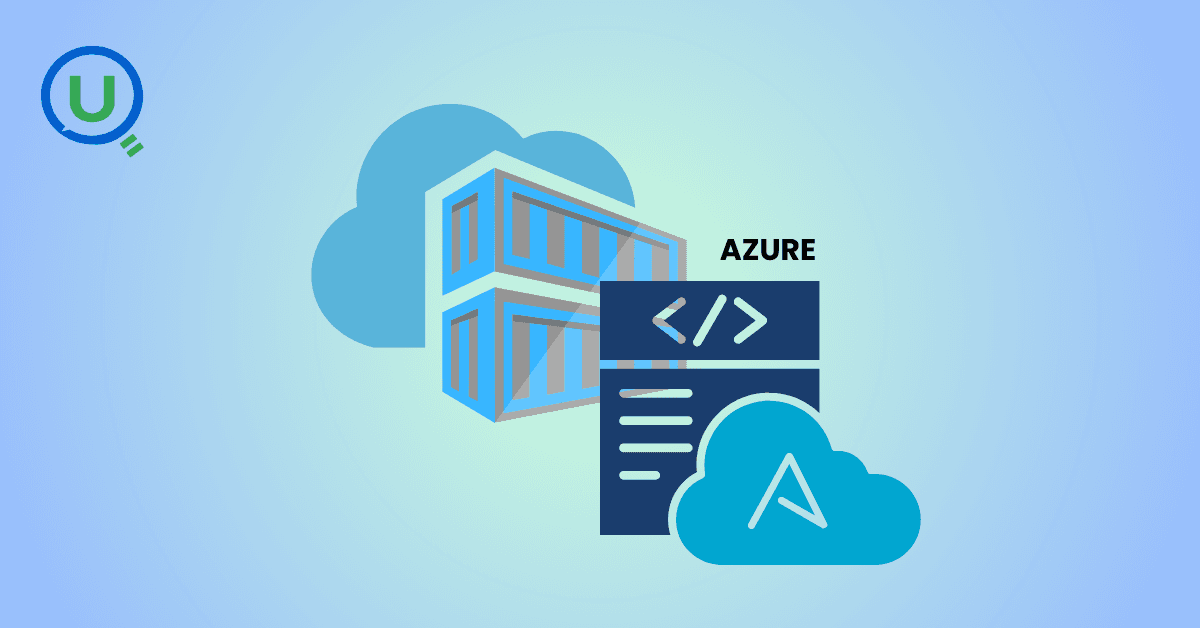
Learn what Azure Data Factory (ADF) is, how it works, and why it’s essential for modern data integration, AI, and analytics. This complete guide covers ADF’s features, real-world use cases, and how it empowers businesses to streamline data pipelines. Start your journey with Azure Data Factory today!
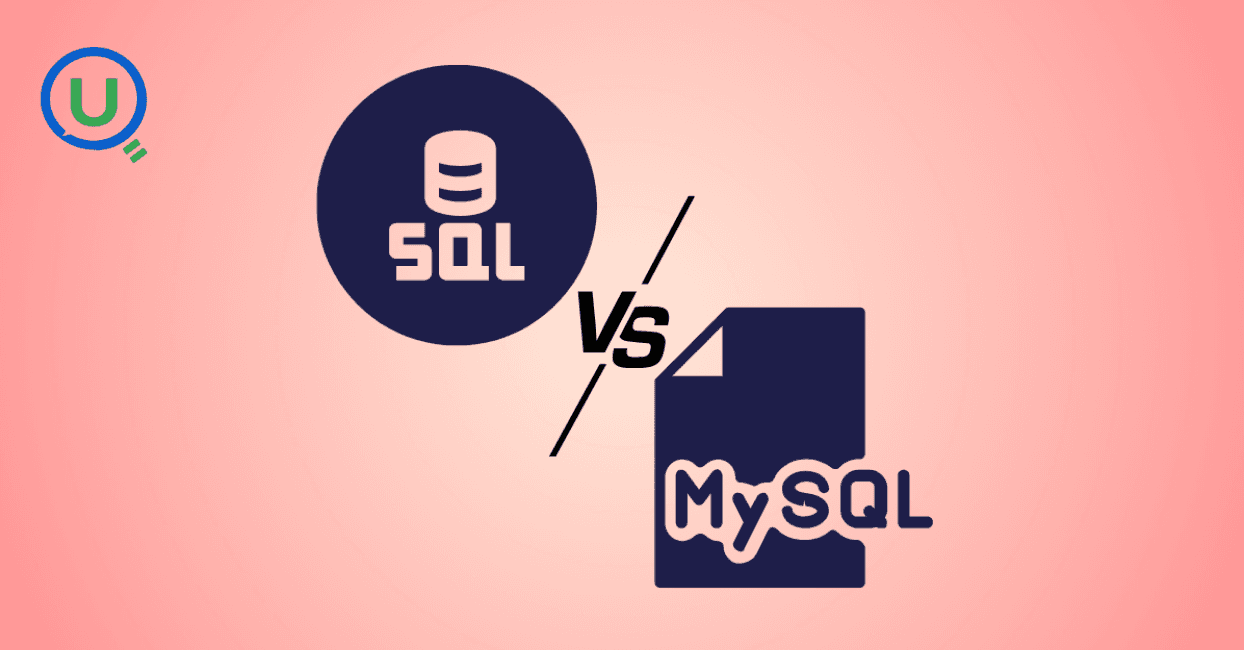
Discover the key differences between SQL and MySQL in this comprehensive guide. Learn about their purpose, usage, compatibility, and how they work together to manage data. Start your journey with SQL and MySQL today with expert-led guidance from Enqurious!
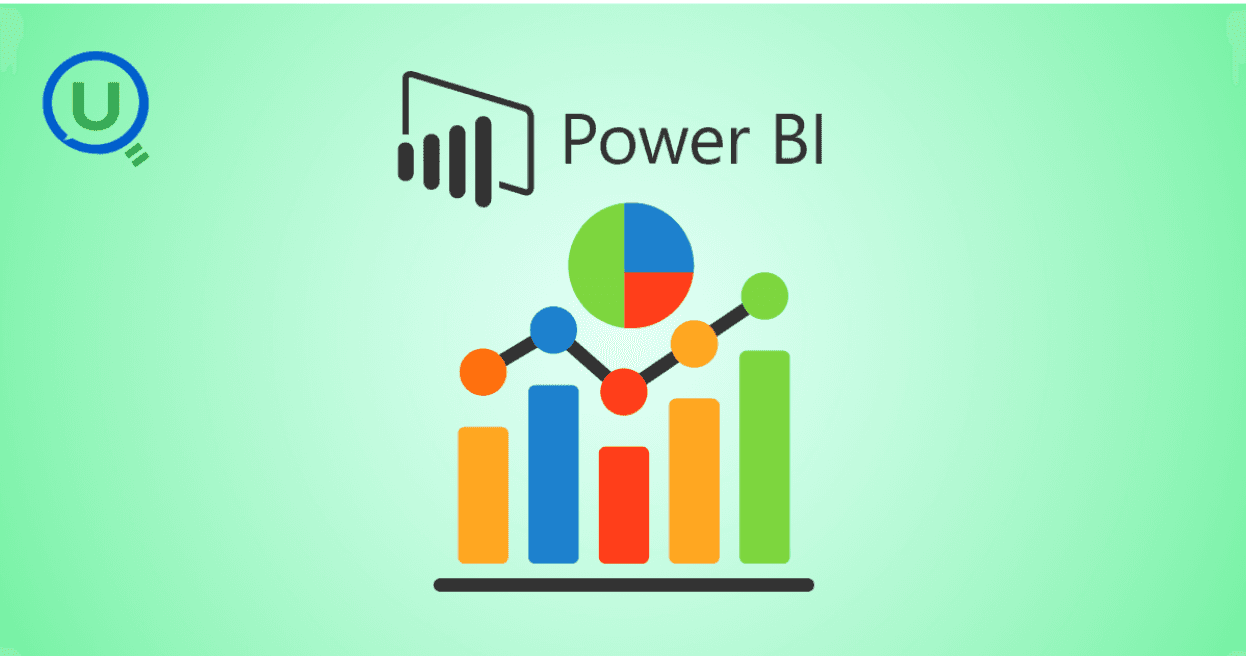
Learn Power BI from scratch in 2025 with this step-by-step guide. Explore resources, tips, and common mistakes to avoid as you master data visualization, DAX, and dashboard creation. Start your learning journey today with Enqurious and gain hands-on training from experts!
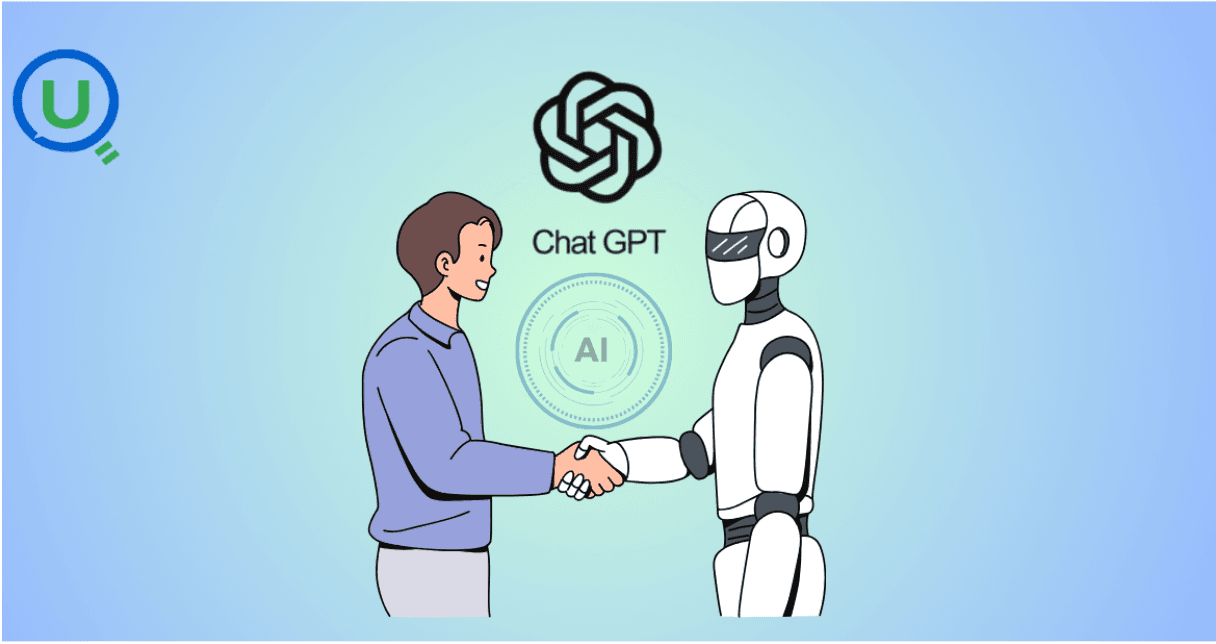
AI tools like ChatGPT are transforming clinical data management by automating data entry, enabling natural language queries, detecting errors, and simplifying regulatory compliance. Learn how AI is enhancing efficiency, accuracy, and security in healthcare data handling.
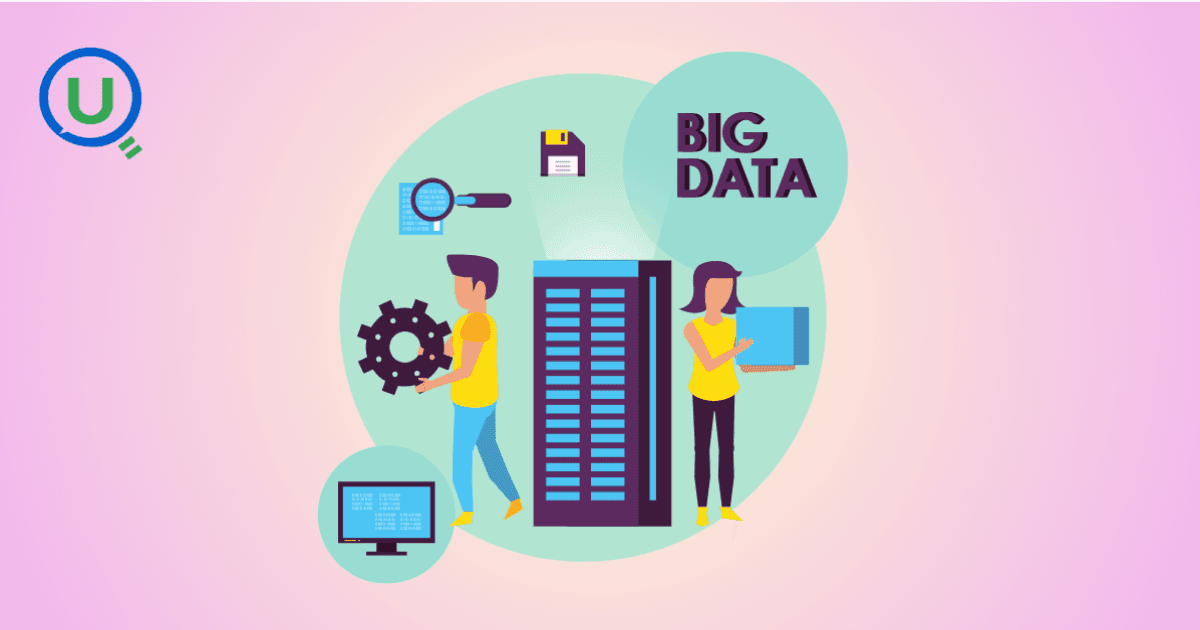
Big Data refers to large, complex data sets generated at high speed from various sources. It plays a crucial role in business, healthcare, finance, education, and more, enabling better decision-making, predictive analytics, and innovation.

Discover the power of prompt engineering and how it enhances AI interactions. Learn the key principles, real-world use cases, and best practices for crafting effective prompts to get accurate, creative, and tailored results from AI tools like ChatGPT, Google Gemini, and Claude.

Learn what a Logical Data Model (LDM) is, its key components, and why it’s essential for effective database design. Explore how an LDM helps businesses align data needs with IT implementation, reducing errors and improving scalability.

Discover the 10 essential benefits of Engineering Data Management (EDM) and how it helps businesses streamline workflows, improve collaboration, ensure security, and make smarter decisions with technical data.

Explore how vibe coding is transforming programming by blending creativity, collaboration, and technology to create a more enjoyable, productive, and human-centered coding experience.

Learn how Azure Databricks empowers data engineers to build optimized, scalable, and reliable data pipelines with features like Delta Lake, auto-scaling, automation, and seamless collaboration.

Explore the top 10 data science trends to watch out for in 2025. From generative AI to automated machine learning, discover how these advancements are shaping the future of data science and transforming industries worldwide.

Discover the key differences between data scientists and data engineers, their roles, responsibilities, and tools. Learn how Enqurious helps you build skills in both fields with hands-on, industry-relevant learning.

Discover the 9 essential steps to effective engineering data management. Learn how to streamline workflows, improve collaboration, and ensure data integrity across engineering teams.
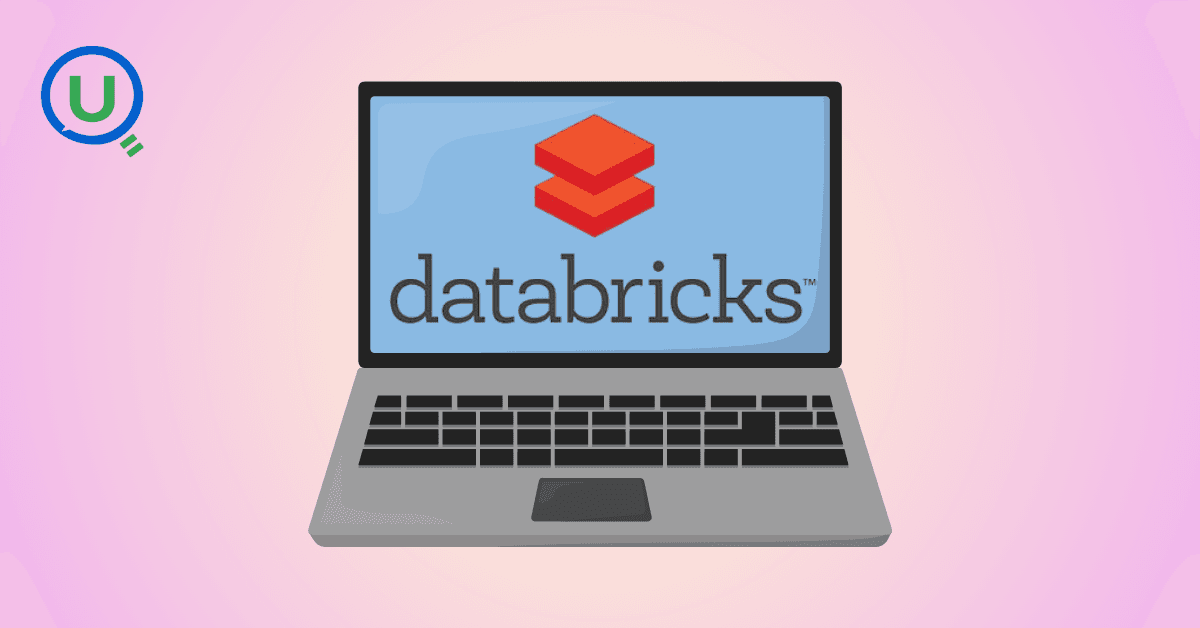
Azure Databricks is a cloud-based data analytics platform that combines the power of Apache Spark with the scalability, security, and ease of use offered by Microsoft Azure. It provides a unified workspace where data engineers, data scientists, analysts, and business users can collaborate.

In today's data-driven world, knowing how to make sense of information is a crucial skill. We’re surrounded by test scores, app usage stats, survey responses, and sales figures — and all this raw data on its own isn’t helpful.

In this blog, we will discuss some of the fundamental differences between AI inference vs. training—one that is, by design, artificially intelligent.

This guide provides a clear, actionable roadmap to help you avoid common pitfalls and successfully earn your SnowPro Core Certification, whether you’re making a career pivot or leveling up in your current role.

"Ever had one of those days when you’re standing in line at a store, waiting for a sales assistant to help you find a product?" In this blog we will get to know about -What is RAG, different types of RAG Architectures and pros and cons for each RAG.

Discover how Databricks and Snowflake together empower businesses by uniting big data, AI, and analytics excellence

How do major retailers like Walmart handle thousands of customer queries in real time without breaking a sweat? From answering questions instantly to providing personalized shopping recommendations, conversational AI reshapes how retailers interact with their customers.